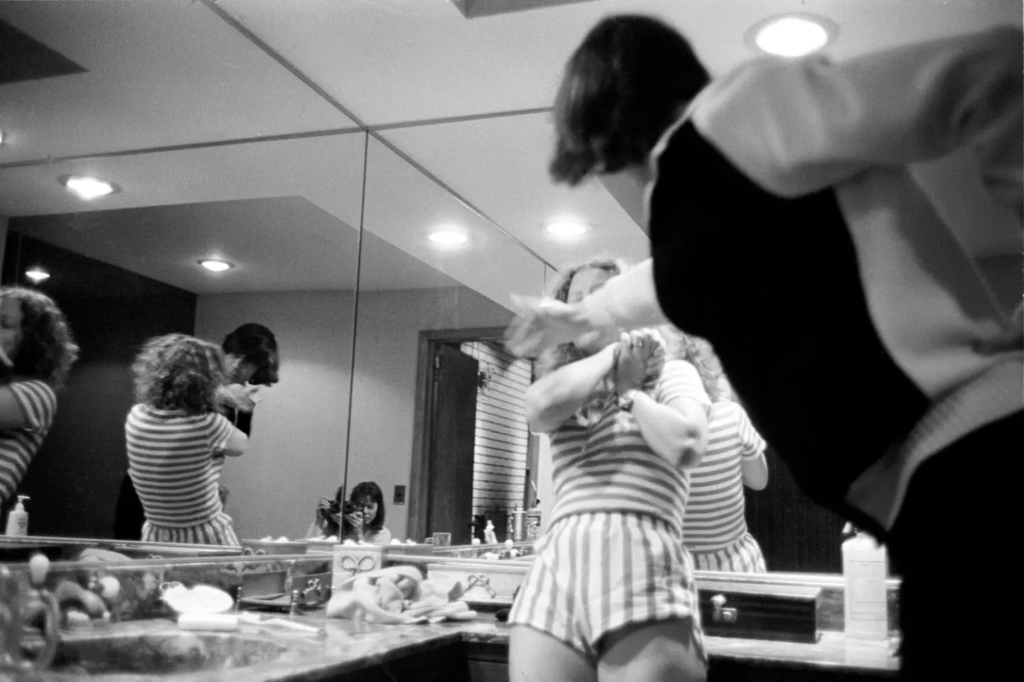Written by: m.wilson
Are sex parties and swingers events a phase one goes through while sewing oats or should the practice be looked upon officially as an “alternative lifestyle;” the way of one’s true internal being, like LGBT? Is it simply a lack of awareness preventing the concept? Every so often an article is published in a popular periodical providing insight into “The Lifestyle” as it’s referred to by community insiders (a major sect of which have been married a number of years). For example, a New York Post 2018 piece titled, “Couples reveal what really happens at swingers parties,” highlights an Australian TV show that interviewed partners on the swinging scene, quizzing them on why they like swinger sex, how it affects their relationship, and so on. In a video clip from the show, one may note the vast differences in their ages and degree of attractiveness. What they did all have in common is that they seemed fit, energetic, and quite satisfied with their lifestyle decision.
Much of what many of us know about polyamorous people is exclusive to pornographic materials. Yet to this day, sex party culture remains strongly associated with the 1970s and the sexual revolution, which is considered the Golden Age of the industry.
These were the years when consumers purchased much of their X-rated materials from distributors through the mail. But Playboy was mainstream and accessible to everyone at the book stores/magazine sellers and readers were sending in letters describing their experiences with swinger clubs, orgies, nudity, etc. Then in 1972, Deep Throat dropped and became legendary as one of the first porn films with a plot, which led to the seemingly infinite number of porn films/videos we have in the 21st – even within a single genre, which is simply mind boggling.
However, today, victimology has become the most important topic concerning sex culture and especially when it involves a public figure. And unlike the LGBT community, it is mostly unheard of for ‘lifestyle’ activists to come forward to advocate for such persons in the face of negative scrutiny. It could be that lifestyle members prefer their privacy above all else and work to keep the scene underground, where it now exists mainly in personal/online ads, retreats, and the few swingers clubs still around – finding it complimentary that the scene appears to dwell eternally in the 70s.
But public interest may not have waned, since in 2008 the era was revived for the small screen in Swingtown, which aired on CBS (watch on dailymotion.com). Set in the mid to late 1970s, Swingtown is about a charming thirty-something lifestyle couple in the suburbs of Chicago and their pursuit of the Millers. Trina Decker, who is slim and attractive, initiates Susan Miller, a homemaker, and her husband Bruce at one of her house parties without too much trouble, but then later, things become complicated.
Most everything about the Miller’s first encounters at the swinger party was for the benefit of humor, but at the same time, somewhat culturally revealing. Especially in the scene where Trina decides to show someone a room in the back of the house, and then opens the door to reveal a naked writhing pile of sexual activity, which just blows the guest away. It’s a scene that may demonstrate the importance of the lifestyle terminology and how it must be used within the community to identify oneself and keep everyone safe; appetites vary widely. Some like to get to know their lovers before copulating but there are many more who prefer to get down to business, like immediately stripping naked and take off running towards the sex.
ABUSE

Sometime around 1981, photographer Donna Ferrato was shooting a story about swingers to be titled ‘Young and Restless.’ She’d been staying with two of her subjects Bengt and Elizabeth, a wealthy lifestyle couple living in New Jersey, when one night, Donna happened to capture a series of pictures in which Bengt was beating Elizabeth during an argument. The violence she captured, the photojournalist later said, would change her life, and she felt disillusioned with her previous inspiration.
It was before the domestic violence movement and no one wanted to publish the photos. So Donna decided to make it her focus and published a book called Living with the Enemy. As it turned out, Bengt had been hurting Elizabeth for some time, and this made Donna and many others wonder what could be lurking beneath the surface when it comes to alternative lifestyle situations, whether it’s drugs, the onset of aging, negative encounters, jailbait, etc. Are these environments actually dangerous for women and sometimes girls – the fantasy eventually dies and things turn bad? Do lifestyles like these start to bring out the dark side of men and their masculinity? And who is available to help women out of dire situations when we haven’t been sticking to “the rules?”



